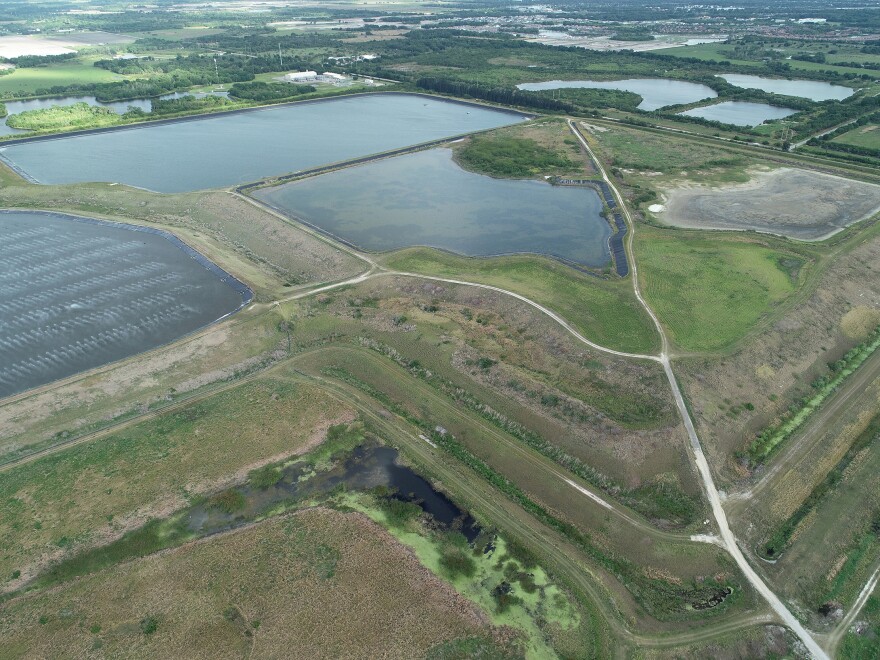Piney Point: New Discharge Possible, Water Quality Expert Weighs in
Respected water quality expert, David Tomasko, Ph.D. The Executive Director of the Sarasota bay Estuary Program, was contacted by those who are involved with the Piney Point facility, to let him know about an item that may get some attention the next few days.
Dr. Tomasko previously summarized how much better our water quality is – both Tampa Bay and Sarasota Bay – compared to the same time last year. One of the reasons for the vast improvement in Lower Tampa Bay and upper Sarasota Bay is that we are a year out from the discharges from Piney Point.
But now, there may be new “discharges” from that same site – isn’t that equally concerning? Actually, no. And from Dr. Tomasko here’s why.
“First off, last year had over 200 million gallons of industrial wastewater from the New GypStack South pond at Piney Point. That water had nitrogen concentrations above 200 mg / liter, a concentration more than ten times higher than the worst wastewater treatment plant effluent in our watershed. Over 200 tons of nitrogen was added in 10 days, equal to about 80,000 bags of lawn fertilizer. That helped trigger massive macroalgae blooms in Anna Maria Sound, and the worst red tide in Middle and Upper Tampa Bay since the early 1970s.
According to people who are on site, there has not yet been an actual discharge yet, but the “receiver” of Piney Point from HRK has let it be known that they would likely need to discharge water from the Old GypStack South, consistent with a permit they’ve had for over a decade. The nutrient content of water in this water body is VERY different from what was discharged last year. It is a part of the same gyp stack – but it does not have the very high nitrogen content of what was previously discharged. The Old GypStack South pond is mostly dry in the earlier times of the year, and fills up with rain water and a little bit of runoff from the grassy sides of the pond. The prior damaging discharges had very high levels of the most problematic forms of nitrogen This does not.
It does, however, have elevated salinity, because it comes into contact with porewater from sediments that were previously added to the site. Did it make sense to dump dredge spoil from Port Manatee expansions onto the top of a gyp stack with basically liquid fertilizer stored there as well? Probably not, but that’s not something we can wish away right now. After conversion to similar units, it appears that the water in the Old GypStack South has a salinity content of about 10 parts per thousand (ppt). Freshwater has about zero salt content, while the Gulf of Mexico is about 35 ppt. So, this water has about a third the salt content of the Gulf of Mexico. As such, these discharges can’t be just pumped to a creek, since it would kill off most of the plants and animals that live in any such creek. Instead, these discharges would be added directly to the open waters of Port Manatee via a pipe. The waters around the port are probably somewhere around 25 to 30 ppt or so this time of year. The salinity of these discharges should be no problem for the area where the discharges would occur, and the nutrient content appears to be much, much, much lower than last year’s discharges.
So why the discharge? Because it has been raining a lot – a whole heck of a lot – in this part of Manatee County, and the receiver of Piney Point needs to manage stormwater and flooding issues. There are no discharges yet, is my understanding. But there likely will be. However, the environmental concerns associated with these future discharges are not nearly as problematic as what happened last year.”








